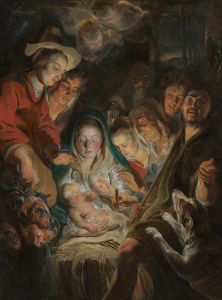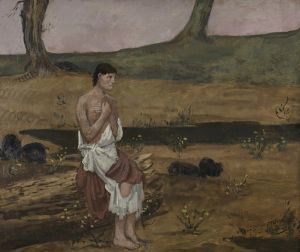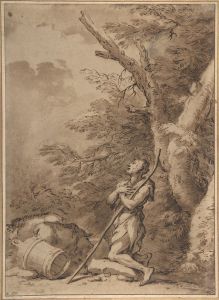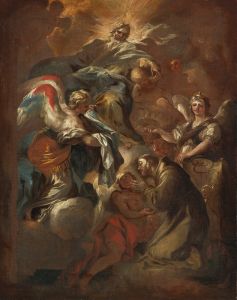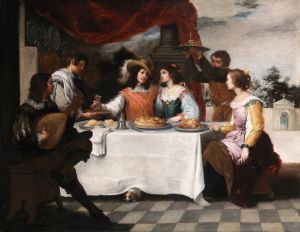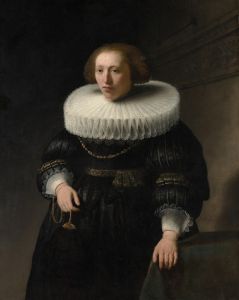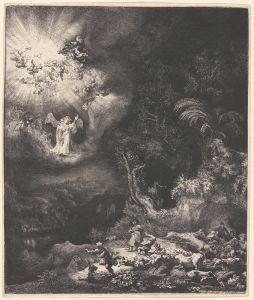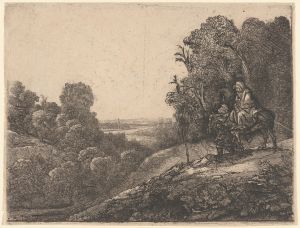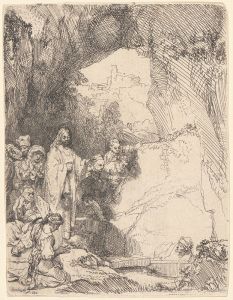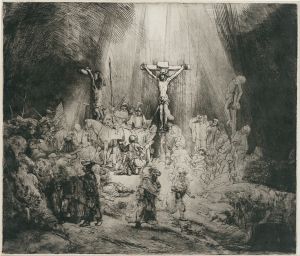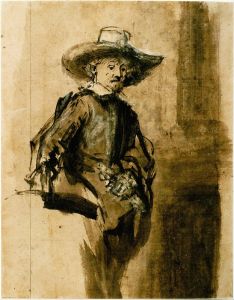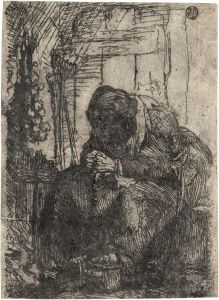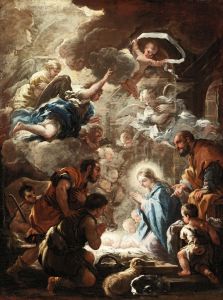
Return of the Prodigal Son
A hand-painted replica of Rembrandt van Rijn’s masterpiece Return of the Prodigal Son, meticulously crafted by professional artists to capture the true essence of the original. Each piece is created with museum-quality canvas and rare mineral pigments, carefully painted by experienced artists with delicate brushstrokes and rich, layered colors to perfectly recreate the texture of the original artwork. Unlike machine-printed reproductions, this hand-painted version brings the painting to life, infused with the artist’s emotions and skill in every stroke. Whether for personal collection or home decoration, it instantly elevates the artistic atmosphere of any space.
Return of the Prodigal Son is a renowned painting by the Dutch artist Rembrandt van Rijn, completed in the later years of his life, around 1668–1669. This oil-on-canvas work is widely regarded as one of Rembrandt's masterpieces and a profound expression of human emotion and spiritual themes. The painting is currently housed in the Hermitage Museum in Saint Petersburg, Russia.
The artwork depicts a scene from the Biblical parable of the prodigal son, as recounted in the Gospel of Luke (Luke 15:11–32). In the story, a young man demands his inheritance from his father, squanders it in reckless living, and eventually returns home in a state of poverty and repentance. The father, moved by compassion, forgives his son and welcomes him back with open arms. Rembrandt's painting captures the climactic moment of the son's return, emphasizing themes of forgiveness, mercy, and reconciliation.
The composition centers on the father and the kneeling son. The father, dressed in rich robes, leans forward to embrace his son, whose tattered clothing and shaved head reflect his destitution and humility. The father's hands rest gently on the son's back, conveying a sense of tenderness and unconditional love. The lighting in the painting is masterfully used to draw attention to the figures, particularly the father's face and hands, which serve as focal points of the scene.
Other figures are present in the background, including an older man who is often interpreted as the elder brother from the parable, and possibly two other onlookers. These figures are less illuminated and remain secondary to the central interaction between the father and son. The subdued color palette and dramatic use of chiaroscuro—a hallmark of Rembrandt's style—enhance the emotional depth of the scene.
Art historians have often noted that this painting reflects Rembrandt's personal experiences and his deep understanding of human suffering and redemption, particularly in the context of the hardships he faced during his later years. However, such interpretations remain speculative and are not definitively proven.
The painting is celebrated for its psychological insight and spiritual resonance, making it one of the most iconic representations of the parable in Western art. It continues to be studied and admired for its technical brilliance and emotional power.





